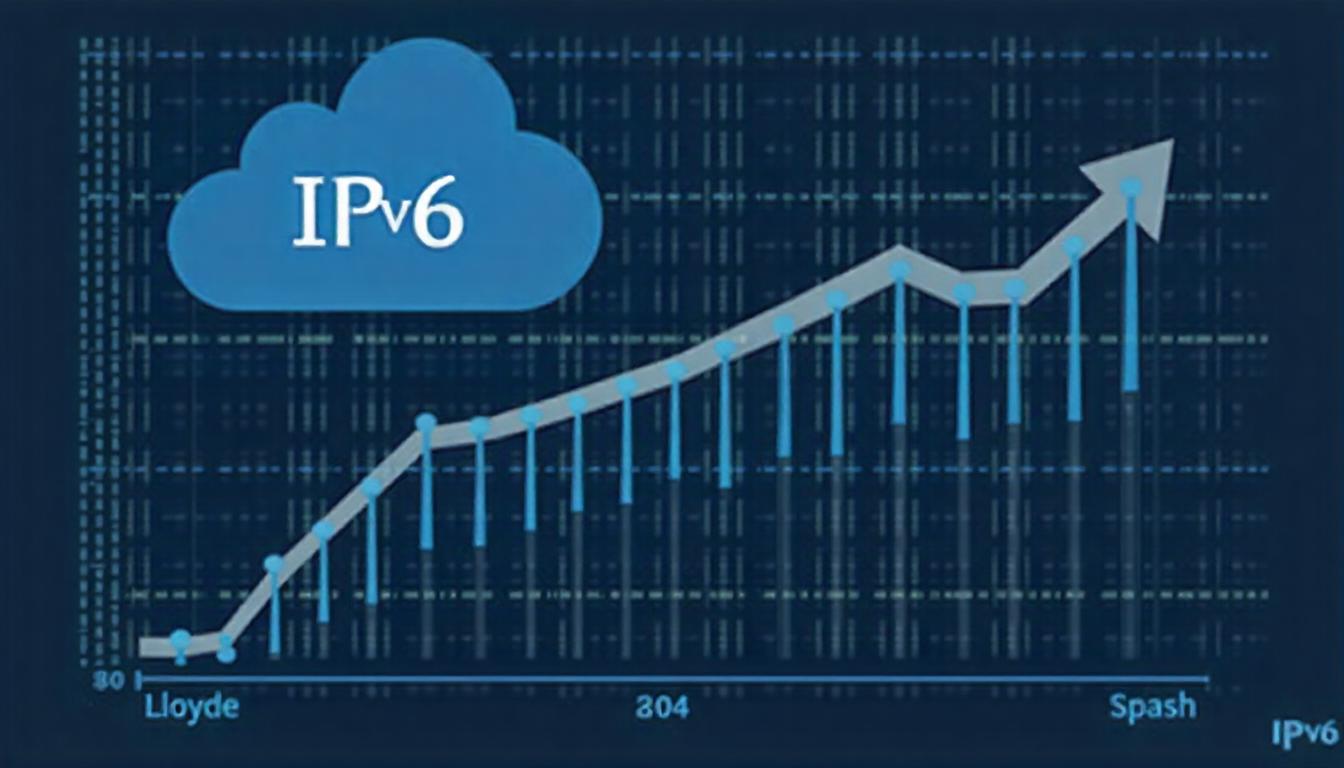Imagine the internet as a giant city where every building, person, and device needs an address. In the early days of the web, the architects used IPv4, which gave us around 4.3 billion addresses. Back then, this number felt like more than enough. But as smartphones, smart TVs, and even smart fridges became part of daily life, those addresses started running out.

So, a solution was created—IPv6, a next-generation internet protocol that offers an almost infinite number of addresses. Problem solved, right? Well, not exactly. Despite IPv4 addresses being officially “exhausted” in many regions of the world, IPv6 adoption has been slower than expected. You might wonder why we’re still clinging to the old system when a better one is right there. Let’s dive into the reasons behind this surprising hesitation.
What is IPv6 and Why Was It Introduced?
To understand the delay in adoption, it’s important to grasp what IPv6 is and why it matters. IPv4 (Internet Protocol version 4) uses 32-bit addresses. This means it can provide just over 4 billion unique IP addresses. Back in the 1980s and early ’90s, no one thought we’d ever need more than that. Then came the internet boom. Millions of new devices connected daily. And suddenly, those billions of addresses just weren’t enough. Enter IPv6, which uses 128-bit addresses. It offers an astronomical number of unique IP addresses—about 340 undecillion (that’s 340 followed by 36 zeros). In short, enough to give an IP address to every grain of sand on Earth and still have plenty left over.
It also comes with other advantages like:
-
Better performance and routing
-
Improved security features
-
Simplified network configuration
So why isn’t the world racing to switch?
1. The Cost Factor
Let’s face it: change is expensive.
Transitioning from IPv4 to IPv6 isn’t just about updating software. It involves:
-
Upgrading or replacing networking hardware
-
Training IT teams
-
Reconfiguring entire systems
For many companies—especially smaller ones—the cost doesn’t seem worth the benefit right away. If their current IPv4 setup works just fine, they’re likely to put off the upgrade until absolutely necessary. Also, Internet Service Providers (ISPs), cloud platforms, and data centers need to fully support IPv6 for it to make a real difference. If some links in the chain are still stuck on IPv4, the full benefits of IPv6 can’t be realized.
2. Compatibility Issues
A big reason for the slow transition is backward compatibility—or rather, the lack of it. IPv6 is not directly compatible with IPv4. A device using IPv6 can’t natively communicate with a device using only IPv4. This forces companies and ISPs to run both systems simultaneously, a practice known as dual stack. Maintaining both stacks requires more effort and resources. Many organizations don’t want the added complexity. They’d rather wait until more of the world has switched to IPv6 before making their own move.
3. Lack of Immediate Need
While the global IPv4 address pool is exhausted, this doesn’t mean all IPv4 addresses are gone. Many companies and ISPs stockpiled addresses early on, or are still using Network Address Translation (NAT) to stretch what they have. NAT allows multiple devices on a private network to share one public IP address. It’s a clever workaround that has kept IPv4 afloat far longer than expected. Because of NAT and address recycling, many networks continue functioning perfectly fine without adopting IPv6. So unless there’s a specific need, businesses tend to stick with what works.
4. Limited End-User Awareness
Ask the average internet user what IPv6 is, and chances are they’ve never heard of it. IPv6 doesn’t offer obvious benefits to the everyday user—no faster internet speeds, no fancy features, no visible improvements. It’s mostly under-the-hood stuff. Without user demand, ISPs and businesses have little incentive to push IPv6 forward. It’s like trying to sell a high-tech engine upgrade to someone who just wants their car to start reliably.
5. Slow Vendor Support
Although support has improved in recent years, some older routers, firewalls, and IoT devices don’t work well with IPv6. And replacing these devices can be costly or time-consuming. On top of that, some legacy systems—especially in corporate or government environments—were built with IPv4 in mind. Rewriting or replacing them to support IPv6 may take years.
What’s the Current Status of IPv6 Adoption?
According to Google’s IPv6 adoption stats, around 35-40% of global internet traffic now uses IPv6. Some countries like India and the U.S. have seen higher adoption rates thanks to support from large ISPs and telecom providers. However, many other regions are still lagging behind. Some networks run on IPv6 internally but still use IPv4 for external traffic. It’s a patchy and inconsistent rollout.
What Needs to Happen for IPv6 to Take Off?
-
Stronger Push from Governments: Government mandates or incentives can help accelerate the transition. Some countries have already required their agencies and services to go IPv6-first.
-
Better Tools for Migration: As tools and resources for transitioning improve, adoption becomes less painful. Automated systems for testing and configuring IPv6 will help.
-
Raising Awareness: Educating both IT professionals and the general public about the long-term benefits of IPv6 can help build momentum.
-
Eventually, No Choice: At some point, the cost of sticking with IPv4 will outweigh the cost of switching. This tipping point is coming, even if slowly.
Final Thoughts: A Marathon, Not a Sprint
IPv6 adoption isn’t a quick flip of the switch—it’s more like a long, slow migration across a vast digital landscape. The technical, financial, and logistical hurdles are very real. But IPv6 is the future. As more devices come online and more countries go digital, the need for scalable, secure, and efficient internet infrastructure will become impossible to ignore. Think of IPv6 like upgrading your home’s foundation. It’s not flashy, but it prepares you for the future—stronger, smarter, and more connected than ever before.